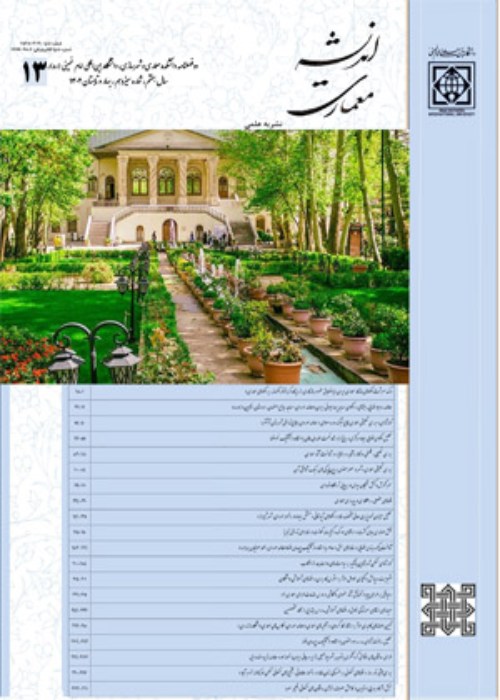Identifying and treating unobserved heterogeneity with FIMIX-PLS in effect of Daylight metric(sDA) on happiness in a residential complex
Advanced in technologies and cimputering power have improved academic’s ability to test complex theoretical models, nevertheless, to fully utilize the capabilities of recently developed software, researcher must also develop their skill and embrace the technology. The purpose of this paper is to provide an overview of unobserved heterogeneity in the context of partial least squares structural equation modeling and try to present a case study ,which illustrates how to identify and treat unobserved heterogeneity in PLS-SEM using FIMIX-PLS .The aim of this study with methodological approach is to recognize the health-orientation criteria in daylight design development and daylight design recommendation based on optimal zone .This study, therefore use human-oriented design approach in daylight design in residential complex. This work investigates the relationships between an assessment of the happiness and the mental health of residents using the Oxford Happiness Inventory and simulated annual daylight conditions in their living spaces based on a survey approach.Research Question: Our first research question addressed whether the different daylight illuminance in internal space in residential complex may generate various happiness effect on people living indoors according to indoor conditions. And the second question addressed whether the assumption of homogeneous and non- homogeneous data may case different result?
The study population included residents of residential units in mid-rise buildings in Isfahan, Iran. In this study, low-rise buildings are considered to be residential buildings with three to eight stories and between 860 ft2 and 2100 ft2 in size. 286 units were selected by two-stage random cluster sampling. Data were collected with Oxford Happiness Inventory and researcher–made questionnaire. The Radiance modelig software and STADIC plugin for Radiance was used to generate a parametric models of the living spaces .the simulation was automated by linking Python with Radiances, in this article we identified and interpreted unobserved heterogeneity in partial least squares structural equation modeling (PLS-SEM) by using the FIMIX-PLS module in the SmartPLS 3.2.3 software.
Data analyses indicated that the assumption of relatively homogeneous data characteristics or heterogeneity had different output. Since homogeneous data assumption indicate no relationship between daylight illuminance and happiness, in heterogeneity data assumption there was positive relationship between SDA500-%50 and Happiness and a high negative effect of sDA2000-%50 on happiness in one segment.A statistical analysis of regression in SPSS indicated some daylight design recommendations based on living space configuration, window features and site plan which prepare a possibility of assessment of happiness dimension and illuminatance fraction of living space. This approach brings together the physiological and psychological impacts of daylighting and illuminates their potentially pivotal roles in ordering and enriching architectural experience. This work suggests that environmental designers and architects can enhance well-being and public health by designing built environments with suitable daylight exposure levels. These results are consistent with other studies that explored the correlation between health and daylight in healthcare centers and schools, and performance in offices. According to those studies, inadequate daylight exposure has adverse effects on the health of people [28] and is associated with an increase in depression symptoms.


